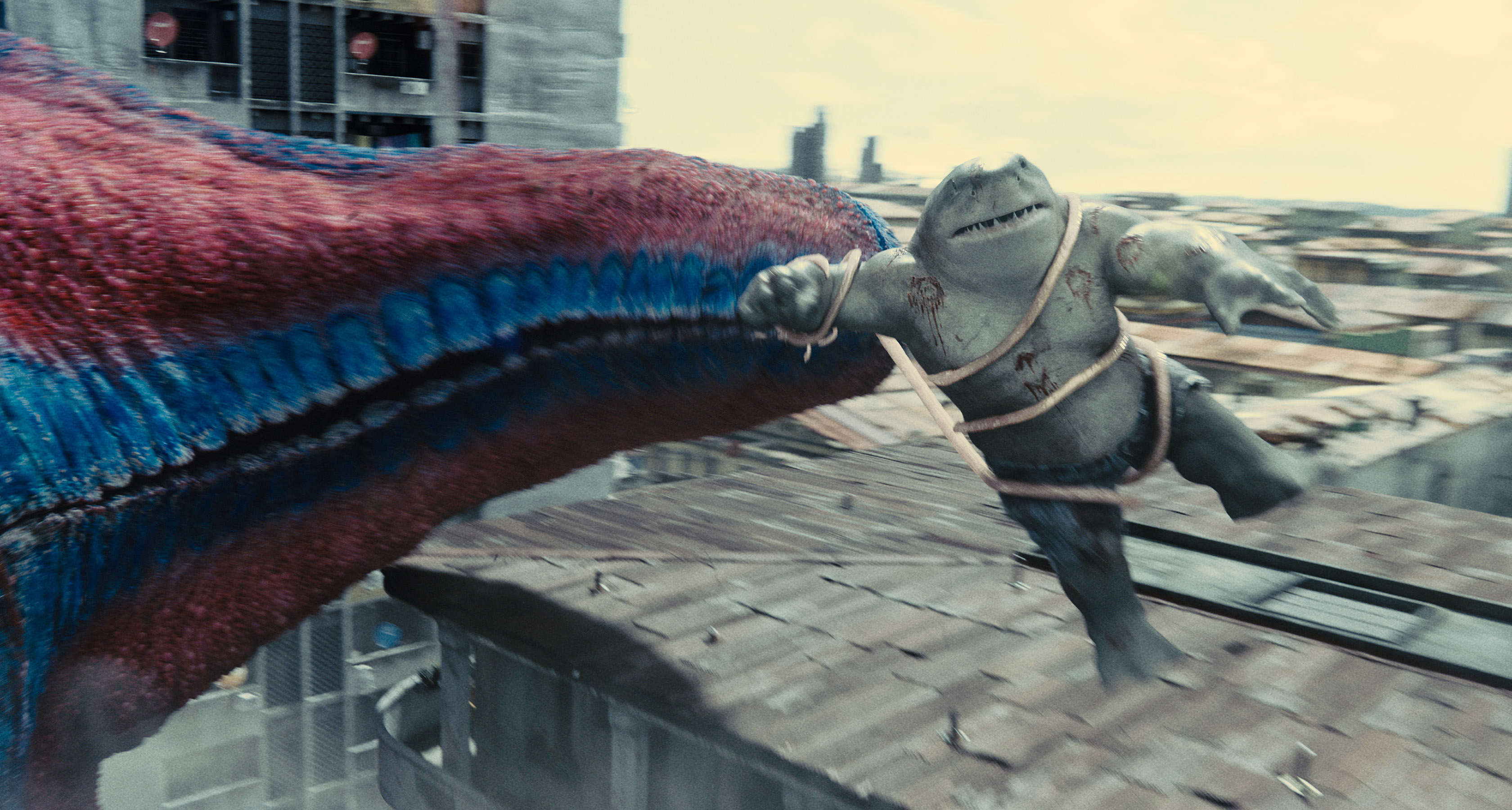Create a free profile to get unlimited access to exclusive videos, sweepstakes, and more!
James Gunn explains how The Suicide Squad melds '1970s TV,' 'Saw' and 'Def Leppard' into its own thing

What do you get when you give James Gunn hundreds of millions of dollars, a hard R-rating, a long leash of creative freedom, and unbridled access to DC's expansive catalogue of quirky villains?
Well, you probably know the answer already, don't you? You'd get The Suicide Squad, a pseudo-sequel to David Ayer's poorly-received (yet Oscar-winning) stab at Task Force X. Very rarely do franchises like this get a second chance on the big screen, but if anyone can save Amanda Waller's troupe of baddies-turned-goodies, it's Gunn, who showed a talent for turning obscure comic book characters into box office gold with Guardians of the Galaxy.
Chatting with Empire for the magazine's August 2021 issue (now on sale), Gunn explained his approach to the material. The key in bringing these unlikely villains together to clean up something called "Project Starfish" was highlighting their differences rather than their similarities.
“I liked the idea of these disparate aesthetics, as if you’re bringing in each of these characters from a different movie or TV show," the filmmaker said. "So Peacemaker [John Cena] is from a 1970s TV show; Bloodsport [Idris Elba] is more of a modern, scary grim dark character; Ratcatcher [Daniela Melchior] is from some Saw horror film; Javelin [Flula Borg] looks ridiculous; Savant [Michael Rooker] is kind of cool, but also kind of Def Leppard in the wrong ways; and Harley [Margot Robbie] is Harley! And they’re thrown in this sort of natural, real world that we present with Corto Maltese, which is very grounded.”
As Gunn has stated many times in the past, his screenplay was inspired by the ensemble men-on-a-mission war movies from the 1960s like The Dirty Dozen and The Guns of Navarone. Like those films, The Suicide Squad finds the titular team on a mission to infiltrate an old Nazi science outpost on the fictional island nation of Corto Maltese.
Sounds pretty easy, right? Not quite. Instead of finding a few genocidal Germans to punch (Indy style), the team finds themselves under attack from a legit starfish-looking kaiju by the name of "Starro the Conquerer," perhaps one of the strangest comic book monsters to be found outside the mystical and borderline Lovecraftian realm of Marvel's Doctor Strange.
"I thought Starro ... would be a perfect antagonist for the Suicide Squad because I loved him as a kid," Gunn added during his interview with Empire. "He’s generally a Justice League antagonist, so I like the idea that we’re letting the Suicide Squad fight an antagonist that was normally meant for the ‘big guys.’ I was very scared of him, yet he’s also completely ridiculous."
"Starro was a unique challenge," added VFX Supervisor Kevin McIlwain. "He's this bright-pink character with a blue black and giant eye in the middle. Even before we started shooting, we worked with Weta Digital to figure out: 'How does this thing walk?' It's such a bizarre-looking creature. But everything's grounded in reality."
It might seem like there's nowhere else to go once you've brought in the colossal echinoderm, but Task Force X's return to theaters is only just the beginning.
Once the film is out, HBO Max will release a spinoff TV series focused on the origins of the "douchey Captain America," otherwise known as Peacemaker. While it may sound like there's not a lot room for genre elements in a show about a buff dude who will kill men, women, and children for the sake of peace, Gunn described the show as “a big science fiction story … he lives in a world of Superman, Batman, and Aquaman, and that is not an easy thing for him to contend with."
The Suicide Squad simultaneously hits theaters and HBO Max Friday, Aug. 6. Gunn confirmed on Twitter Friday that early theatrical screenings will be available the day before on the evening of Thursday, Aug. 5, which just so happens to be the director's 54th birthday.




























